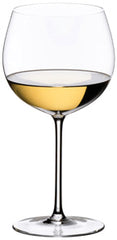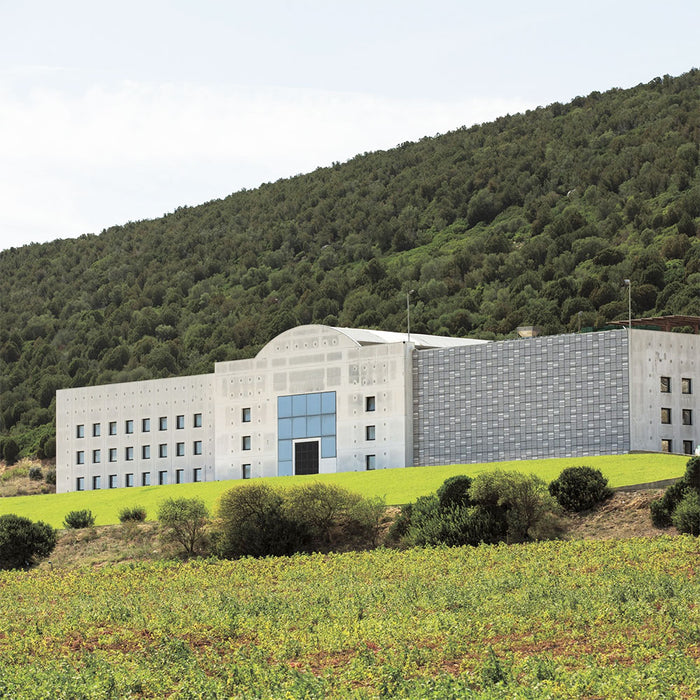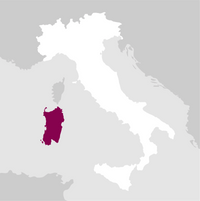Awards
Details

Perfume

Color

Taste
Serve at:
12 - 14 °C.
Longevity:
03 - 05 years

Pairings
- Start up year: 2004
- Oenologist: Stefano Cova
- Bottles produced: 650.000
- Hectares: 73
In these valleys, characterised by sandy soils, wines of great character and luminosity are born, starting with the most typical grape varieties of the area: Carignano, Cannonau and Vermentino. In the heart of Sulcis, Cantina Mesa now has 73 hectares under vine - 66 of which are its own - where the vines are trained to the head-training or spurred cordon system.
The winery is in the village of Sant'Anna Arresi, the right place to create an ideal contrast with the terroir to create wines in all their nuances. This village is a candid, unusual and minimalist structure, surrounded by gentle hillsides and silhouetted amidst the green Mediterranean scrub.
Then, the winery is about 5,000 square metres, spread over three levels and arranged so that grapes and wine can be treated with the utmost respect and special care: no mechanical pumps, therefore, but movements that take place through the principle of "natural fall". Lastly, the ageing process is carried out in the basement of the cellar. This is how all the wines labelled Mesa are born, with names loaded with meaning such as "Buio", "Giunco", "Buio Buio" and "Opale", to continue with all the others. Territorial, integral, punctual and precise wines are the faithful expression of a region that is second to none when it comes to wine. Read more


| Name | Mesa Vermentino di Sardegna Opale 2023 |
|---|---|
| Type | White still |
| Denomination | Vermentino di Sardegna DOC |
| Vintage | 2023 |
| Size | 0,75 l |
| Alcohol content | 14.0% by volume |
| Grape varieties | 100% Vermentino |
| Country | Italy |
| Region | Sardinia |
| Vendor | Cantina Mesa |
| Origin | Sulcis, in the South-Western area of Sardinia |
| Climate | The climate is Mediterranean, with low rainfall distributed irregularly throughout the year and concentrated almost entirely in autumn and winter. There are high temperatures in the spring-summer period thanks to mistral winds and mild autumns, varying between cold dry and mild in winter. |
| Soil composition | Sandy and clay-chalky, sub-alkaline with satisfactory levels of minerals giving a distinctive character. |
| Cultivation system | Spurred cordon espalier and ungrafted head-training. |
| Yield per hectare | 6,500 kg/hectare |
| Harvest | Between the second and third decade of September. |
| Fermentation temperature | 16 8 °C |
| Wine making | The whole grapes are gently pressed, and the must ferments at 16 8°C. The wine rests on the lees for a minimum of 2 months. |
| Aging | Matures in cement vats and then a further 2 months in bottle. |
| Allergens | Contains sulphites |








